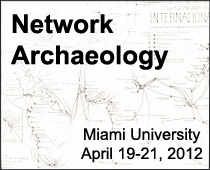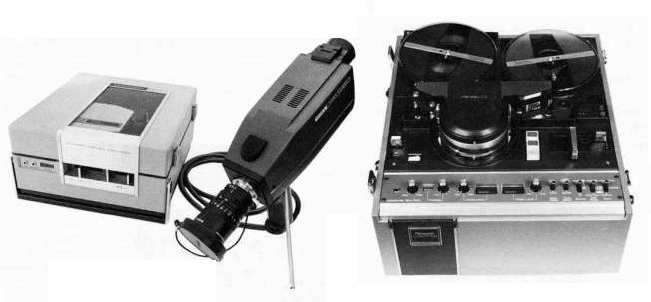Presentation by Kris Paulsen (The Ohio State University).
The Rays, a 1970 videotape by the Raindance Corporation, shows something curious: As the three collaborators record each other, rhythmic waves flow across the screen. In each wave there are bits of recognizable images – cartoon rabbits, glossy spokes models, and news footage. The video camera inadvertently picks up television images broadcast from the tall antennas in the background. Television is all around the artists, not just in their homes, but also on their skin and in the air that they breathe. The images Ryan plucks from the air and traps on the tape are “his rays” – they belong to him. This is partially true: the airwaves are, technically, public property, but this electric commons was publically owned but practically inaccessible for independent videomakers. Guerrilla Video’s sensational infiltration of cable and broadcast television in the 1970s is largely a myth. The moments that Guerrilla Video appeared on corporate and public television were aberrant moments. The half-inch video that spooled through artists’ cameras in the 1970s was officially unbroadcastable by FCC standards. Contrary to scholarly accounts, it was tape, not television, I argue, which was the important medium for the movement. It was the very materiality of the tape that afforded its radical potential, both aesthetically and politically. Half-inch videotape posed a challenge to the mechanisms of network and cable television in that it allowed for the creation of alternative networks for distribution that were completely outside of corporate and FCC control: guerrilla videomakers drove the tapes around the country, sent them out in the mail, and used illegal pirate stations to transmit them over the air. Only by actively disrupting, displacing, and replacing the officially sanctioned channels of television distribution could Guerrilla Video become an explicitly political movement as well as an aesthetic one. This guerrilla action depended on the containerized cassette tape and improvised, lo-fi means of getting it to individuals, not to the masses.
Kris Paulsen is Assistant Professor of Contemporary Art, Film, Video, and New Media in the Department of the History of Art and Program in Film Studies at The Ohio State University. Her current research addresses artistic engagements with television and experiments with telepresence. She is currently finishing a book manuscript, “Real Time over Real Space: Telepresence and Contemporary Art,” and has recently begun a new project, “Mass Medium: Artists’ Television 1965 to the Present.”



